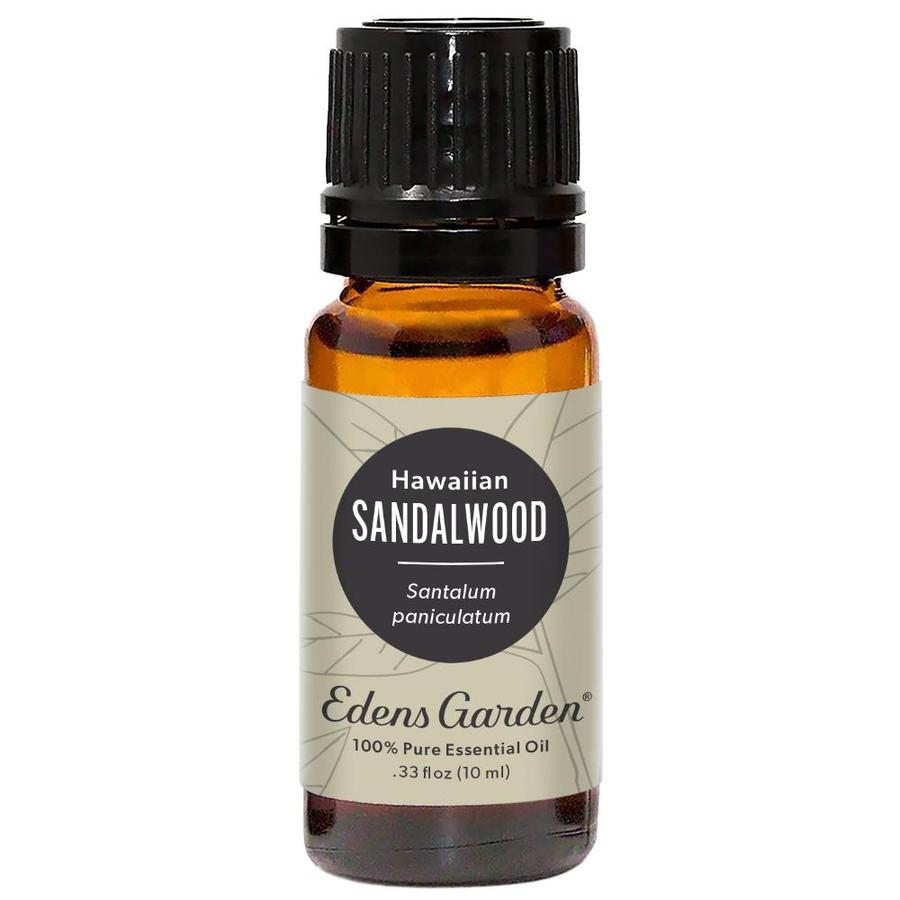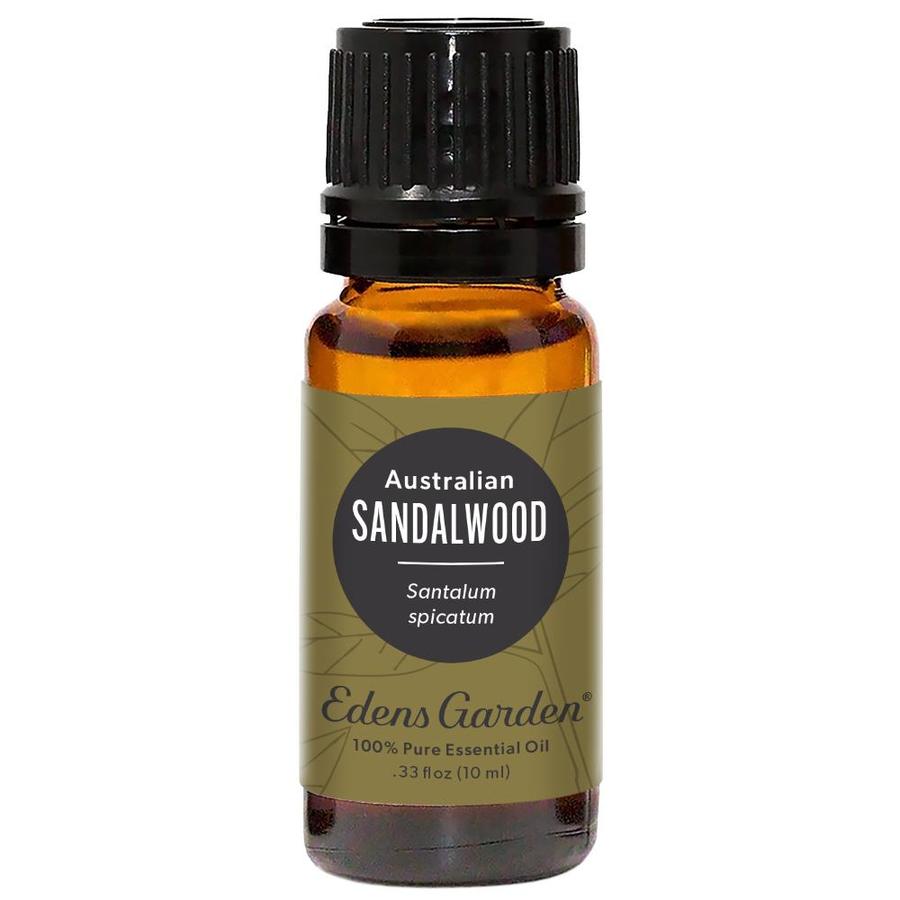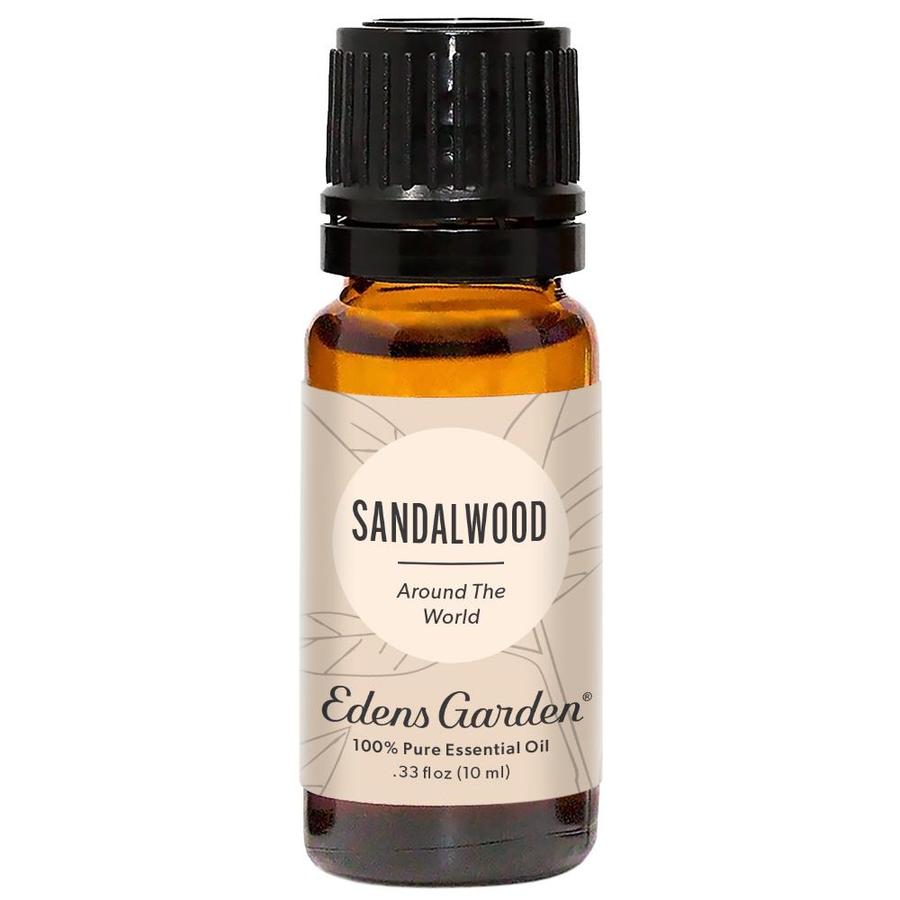This Or That: What’s The Difference Between Sandalwood Essential Oils?

In Ayurvedic texts, Sandalwood is said to impart excellence in all that it touches and can be found in holy Indian purification ceremonies. In ancient China and Egypt, Sandalwood was used in medicine, religious rituals and perfumery for its deep, soothing aroma. Today, Sandalwood is still valued for its renowned aroma and therapeutics.
So why offer three types of Sandalwood? Some have said that we should reduce consumer’s choices or “overchoice,” and while that might be true for Netflix, when it comes to Sandalwood essential oil, we believe more is better! Let's look at the unique qualities of EG’s Sandalwood varieties to find out why that is.
Chemical Components
The most prevalent natural components in our Sandalwood essential oil varieties include:
- Alpha-santalol
- Beta-santalol
- Farnesol
- Nuficerol
East Indian and Hawaiian Sandalwood each contain very high amounts of santalol alpha which often make up half of the oil’s constituents.
Santalol beta is the second most prevalent component in East Indian and Hawaiian Sandalwood, and may constitute anywhere between 10-30% of the oil.
In general, Australian Sandalwood contains less santalol than the East Indian and Hawaiian varieties and significant amounts of farnesol and nuficerol, which makes it a standout amongst other EG Sandalwoods in regards to its chemical makeup.
Therapeutic Properties
Like most oils belonging to the sesquiterpenols family, Sandalwood is known for its anti-inflammatory properties and ability to heal and moisturize skin. Furthermore, Sandalwood is a sore-throat remedy, decongestant, disinfectant and balances the nervous system in traditional Ayurvedic medicine. Sandalwood is both grounding and calming.
We know that Australian Sandalwood shares the therapeutic properties of most Sandalwoods, because it contains santalol and belongs to the family of sesquiterpenols. However, not many studies have been done, which isolate farnesol and nuciferol to observe or know the therapeutic properties of these constituents. As a result, the full therapeutic potential of Australian Sandalwood is not known.
Aroma Profiles
One whiff may leave one to wonder why Sandalwood’s aroma is so renowned. At first, Sandalwood is quite subtle, but the aroma develops and becomes more complex when applied topically and diffused or burned. These oils are unique, in that they blend well with variegated classes of oils, such as florals, resins and spices.
- East Indian Sandalwood may be the truest to a traditional Sandalwood aroma. It’s rounded, smoky with a hint of sweetness, and musky, making this oil a favorite in colognes for men.
- Hawaiian Sandalwood is pungent, Cedarwood-like, and the strongest of Edens Garden’s Sandalwoods. Its aroma carries, making it a nice base in blending.
- Australian Sandalwood is subtle, with toasted nut nuances and pine undertones. It is delicate, feminine and delights the senses.
Sandalwood Around The World Oil
Want the best of all three of our Sandalwood oils? Sandalwood Around The World Oil encompasses Sandalwood from Australia, East India and Hawaii. It contains the benefits of all three oils to a heightened degree, along with the oaky, nutty and smoky nuances of Sandalwood, making it the most luxuriant of all the varieties we offer. If you’re looking to add just one Sandalwood to your collection, Sandalwood Around The World Oil is the next best thing to owning all of our Sandalwood oil varieties.












Leave a comment (Comments will be approved before showing up)